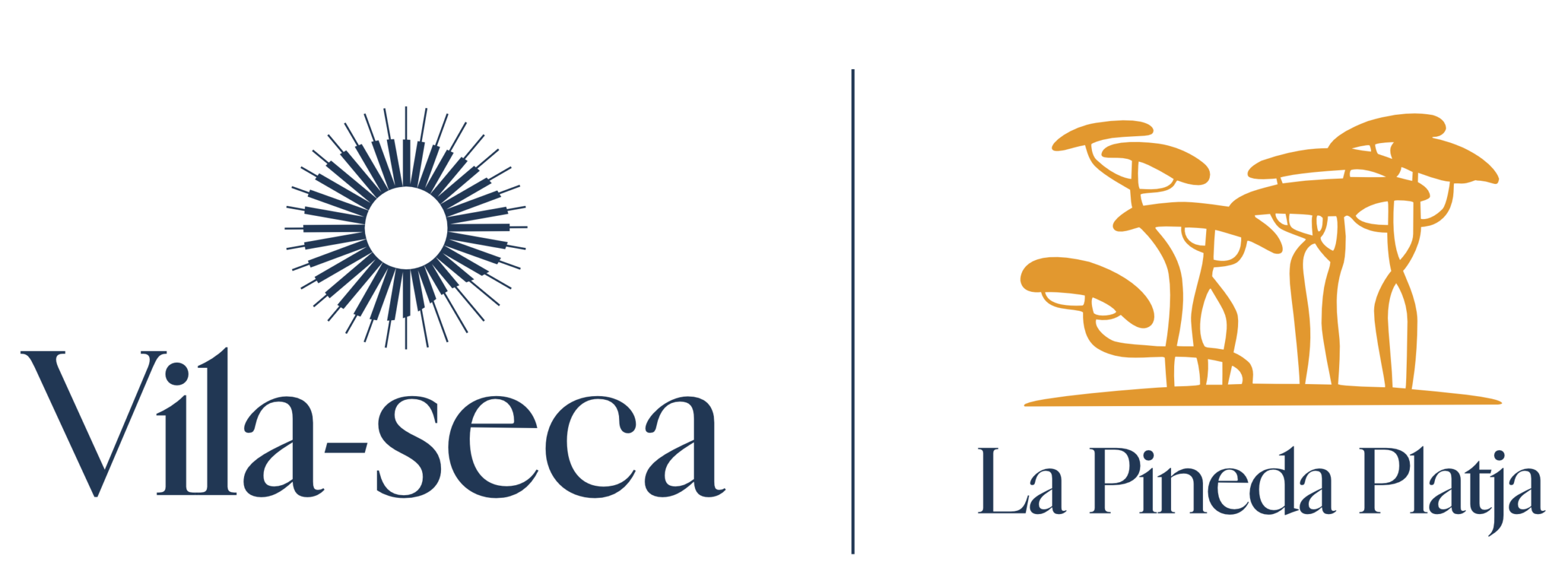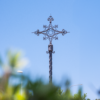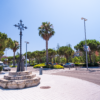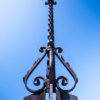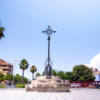Many municipalities have conserved crosses at the entrance to the municipal limits, which were once used to delimit the different settlements that were part of it. In the case of Vila-seca, its structure was similar to that of mediaeval populations, comprised of different independent towns, albeit with close links between them.
The territories of Salou, Vila-seca del Comú and Vila-seca de Solcina were marked by the Creu de la Beguda (Beguda Cross), the best known in Vila-seca, today located on Raval de la Mar Street. Creu de la Beguda is the last vestige of the municipal crosses that once adorned the roads, marking boundaries.
The first written references found about the Beguda Cross appear in sixteenth century documents, although its origins are most likely mediaeval. Carved from stone, the cross was destroyed during the Spanish Civil War (1936-1939) and, in addition to the pedestal, once had an octagonal column and a small iron cross. Only the stone pedestal was salvaged, on which a forged iron cross was placed, created by local Vila-seca sculptor Antoni Mas (father), which is the one you can see today.
Beguda Cross is one of the features included on the route to get to know the historic centre via the heritage monuments with a QR code.

